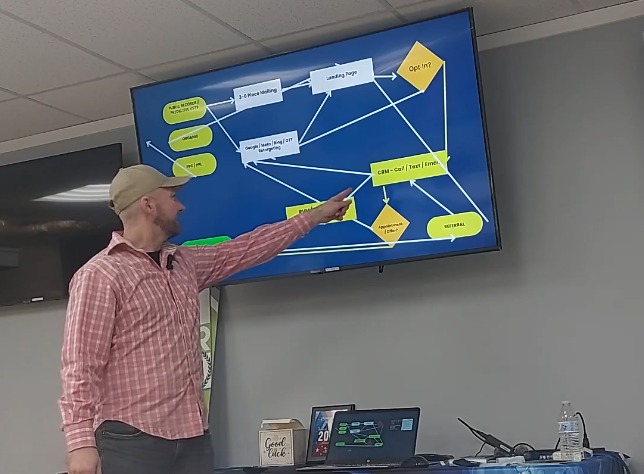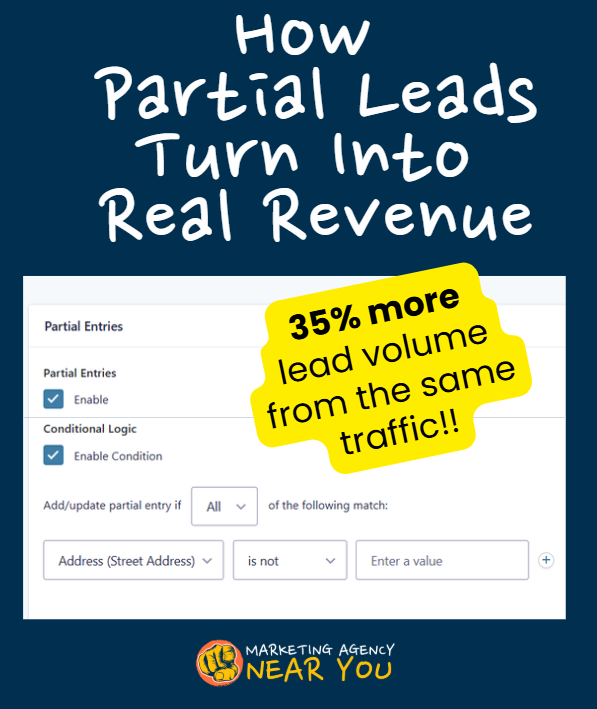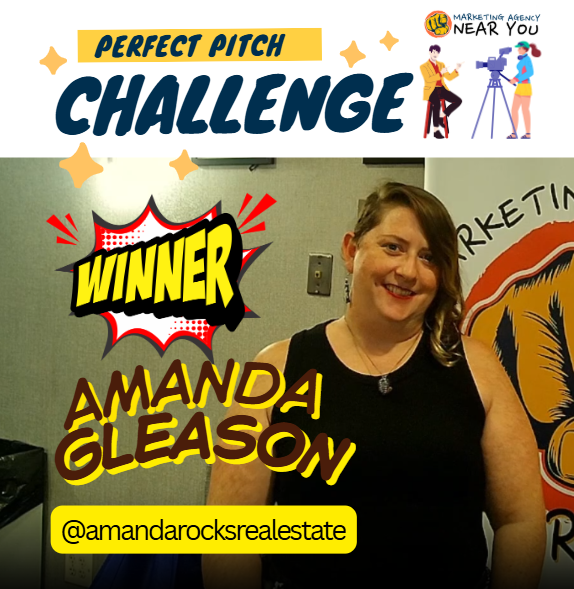Ever hear of the 7-11-4 rule? On paper, it looks kind of daunting:
- 7 hours of engagement
- 11 touchpoints
- 4 platforms
The idea is that before someone feels enough trust to buy from you, they need to spend around 7 hours with your brand, across 11 different interactions, on at least 4 different platforms.
Sounds like a lot, right? Like “do I need to be everywhere all the time?”
Not really. The numbers aren’t meant to overwhelm you, they’re a framework. And when you break it down, it’s a lot easier (and cheaper) than going wide with cold outreach everywhere. The ROI on this kind of structured, repeatable marketing is consistently stronger because you’re stacking trust with the same audience instead of constantly starting over.
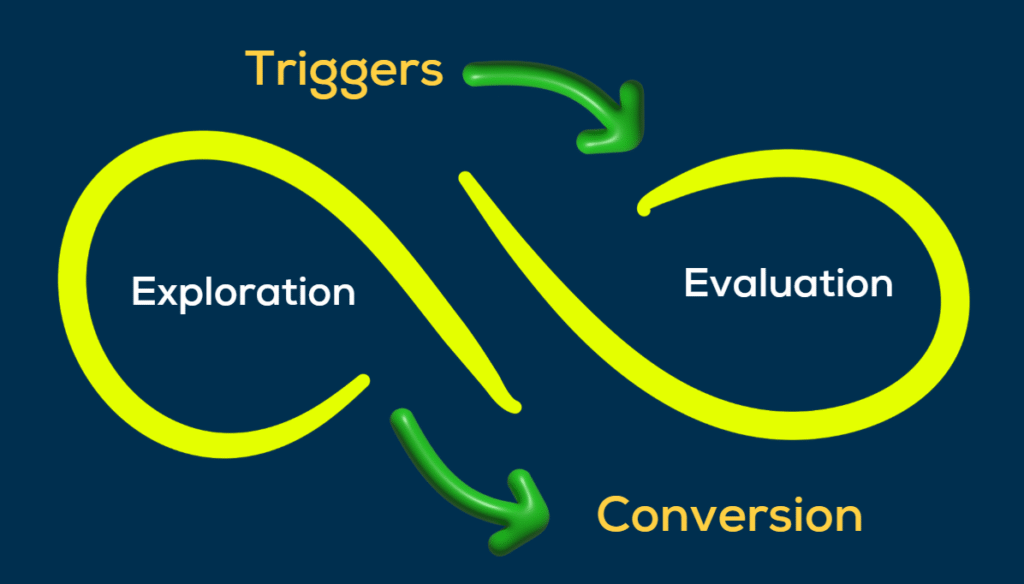
Breaking It Down
Here’s what it might look like in practice:
- Direct Mail → Send a piece that grabs attention and gets them to check you out online
- Retargeting Ads → Take that same list and retarget on YouTube, Facebook, Instagram
- Landing Page → Bring them to a page built specifically for that campaign
That’s 3 platforms already, 3–5 touchpoints minimum, and you’re building hours of exposure as they click, watch, and scroll. Do that consistently and it adds up quickly.
Why It Works
Instead of trying to spray content everywhere (and burning yourself out), you’re creating a 360 presence. A campaign that wraps around your audience in a focused way. It’s not random omnipresence . . . it’s intentional.
Think of it like “everything, everywhere, all at once” but with guardrails. You’re showing up in the right spots, with the right message, enough times that you stick.
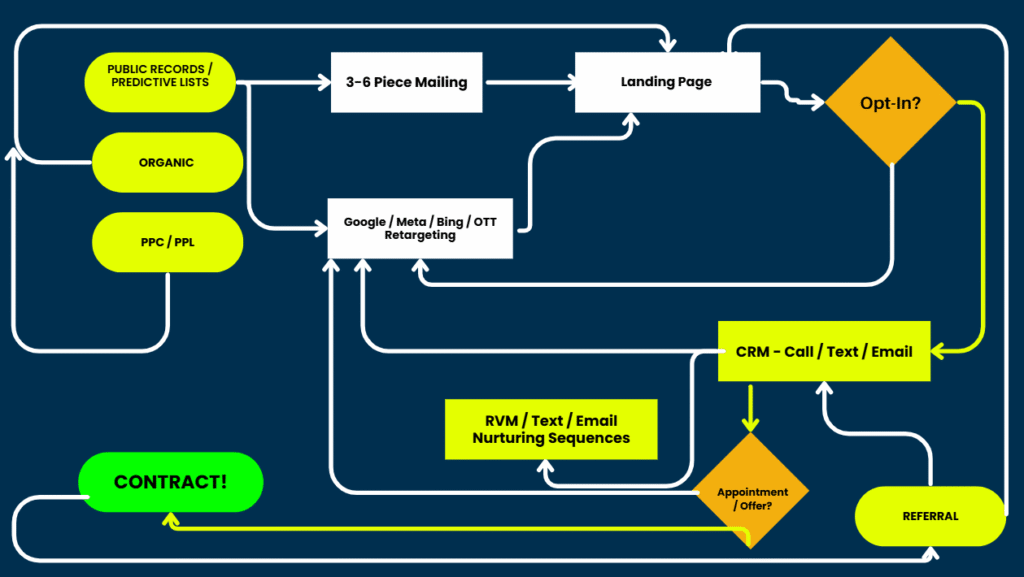
Easier and Cheaper Than Cold Marketing
Cold marketing across multiple channels gets expensive fast. The 7-11-4 approach flips that. You’re not chasing strangers, you’re warming up the same people across different touchpoints. That’s where trust builds. That’s where sales happen. And it’s where ROI actually multiplies because you’re working a system instead of wasting ad spend on one-off efforts.
So yeah, the 7-11-4 rule sounds like a mountain. But when you map it out into steps like this, it’s more like a short hike you take over and over . . . and suddenly you’re at the summit.
